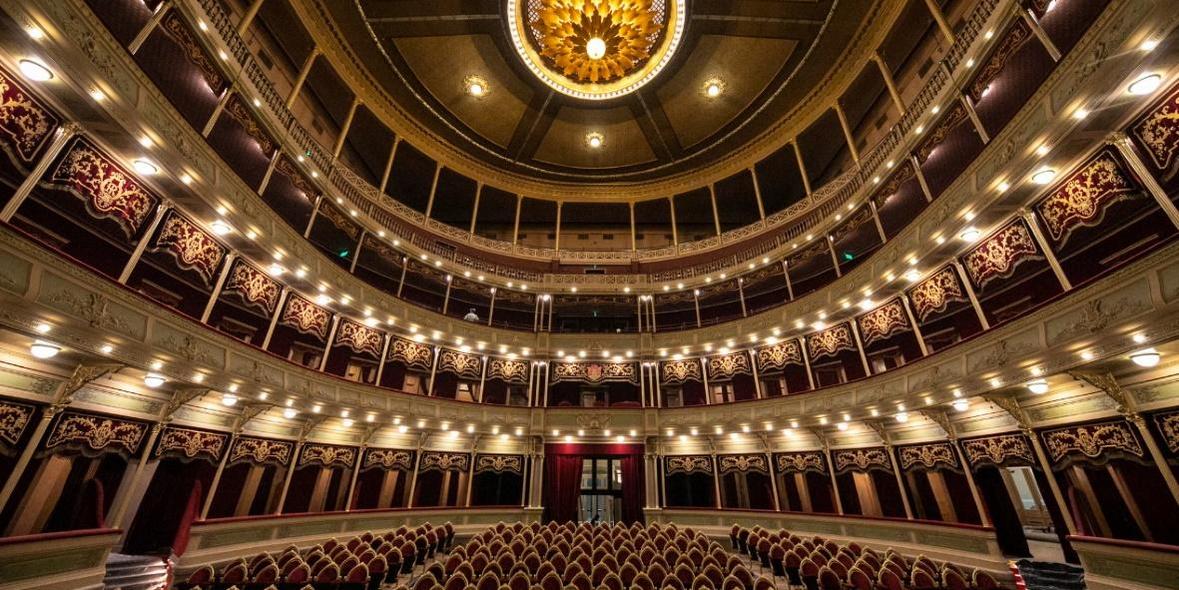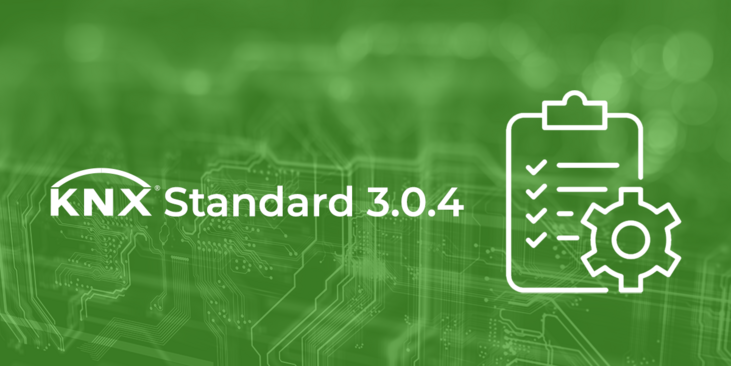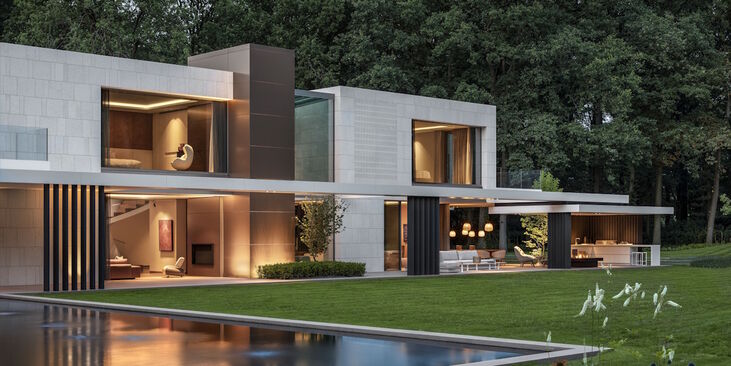23. Nov 2020
2020 KNX Award International - Africa, America, Australia Winner: Theatre Lighting Renovation

The Libertador San Martin Theatre, in the city of Córdoba, Argentina, was built in 1891. It has always been a major building in Argentina, and is one of the most famous in Latin America for its architecture and history. The restoration of this theatre demanded high quality materials, specific products, and cutting-edge technology in its new features and functional updates. The King and Queen of Spain inaugurated the building the summer of 2019.
During the restoration, the Government of the Province of Córdoba commissioned KNX Partner Agustín H. Abdala to provide an advanced lighting control system. KNX was used to delivers a top-of-the-market solution for lighting and technical alarm management for a large lighting crew to manage all of the operas and ballets held in this luxurious building, which operates all year long with plays from all over the world. This project is the winner of the 2020 KNX Awards category for International - Africa, America, Australia.
The brief
The brief was to provide ubiquitous control by the lighting crew of an enormous number of lights that were distributed via numerous circuits and cabinets. This included advanced and numerous lighting functions and scenes for stage lighting control using a combination of KNX and DMX for stage lighting and special effects. The system had to support remote programming, timed functions, visualisation via tablets and smart phones, operation via touch panels, display panels, switches and push buttons, emergency lighting, and a state-of-the-art fault reporting system.
Since several circuits had to be cabled using the original ducts, there was no room for other cabling or traditional dimming strategies. A solution comprising wired and wireless control and communication from server, client PCs, and mobile devices was therefore a top priority.
Solution
Using KNX, we were able to communicate with all the cabinets using just one cable, and take full control of the dimming features, whilst adding extra benefits and features. The installation was seamlessly carried out by coordinating with all the other trades such as cabinet contractors who assembled all of the electrical items and control components; electrical staff who were in charge of wiring the whole building; and construction personnel who installed all of the lighting components.
Installation
First, the wiring, electrical and lighting works were carried out. Extremely old wiring had to be pulled out from ducts, and alterations made in order to install new cable and components. The data infrastructure also required large numbers of electrical trays and electrical installation in the building. This demanded a lot of time and effort and was the most challenging aspect of this phase of the project, which required close liaison at all times.
Once these works were completed, the cabinets were installed all over the building. Connection took several weeks due to limited access most of the time for security and safety reasons. After everything was in place, the control system was prepared for programming, installation and setup.
The most challenging part of the project involved combining all of the planned engineering and control strategy, due to the massive number of contractors and people involved in the project's development and installation. As installation progressed, other parties' challenges also became apparent due to specific characteristics of the building, and these had to be overcome as we went along. For example, extra control circuits, layout modifications to the module distribution scheme, and changes to dimming strategies and technologies in some cases.
The scenes demanded highly-precise, customised configurations, specific to theatre lighting strategies. Setting these up required many iterations during the configuration, and fine-tuning to achieve the desired results. There was a strict deadline of six months for the electricity, data and light control branches of the project to be implemented.
Operation
Since first commissioning of the system and re-training of the staff, no modifications to the installation have been required. Indeed, due to the pandemic, no intervention or expansion has been planned. The lighting control system continues to operate without any trouble. The only issue is with the poor electricity supply, which is beyond our control, but this is dealt with by technical alarms programmed into the KNX system to flag such occurrences.
The lighting operators are enjoying being able to try out possible changes to scene management, scene setup, and operational features of the platform on a daily basis. They continuously take advantage of the omnipresence of the system to try different lighting effects in an enormous layout.
Benefits of using KNX
Products that carry the KNX logo are a confirmation of high-quality products that will communicate perfectly together, so I didn't have to worry about working with inferior material. KNX allowed us to successfully implement a highly-complex and distributed lighting control system that was spread across many stories of a building, in a very short space of time. It performs as one single and compact system that has the flexibility of adapting to continuous changes. The IP backbone also allowed us to merge the system with the huge data infrastructure that was installed in the building.
The system provides ubiquitous access for the lighting operators through a friendly interface using different devices, and is able to respond to the different requirements of each lighting section, offering precise control as well as stable, robust and secure operation. The overall effect is professional and coordinated.
Key products and technologies used
Dimmers, switches, IP couplers, binary inputs, server computer, client computers, client mobile devices, electrical infrastructure, KNX infrastructure, network infrastructure, software services.
Project: Historic Theatre Automation in Córdoba, Argentina
A project by: Agustin Hipólito Abdala
Contact: Agustin Hipólito Abdala
Highlights
-
 Press
PressKNX Launches KNX Standard Version 3.0.4
KNX Association is proud to announce the release of Version 3.0.4 of the KNX Standard to its manufacturer members. The KNX ... -
 News
NewsThe KNX Journal 2025 is now available
The latest edition of our annual smart home and building solutions magazine has arrived. The KNX Journal 2025 offers ... -
 KNXtoday
KNXtoday#KNXis35: KNX history and evolution
KNX is 35. This worldwide building control standard, initiated by a handful of visionary European manufacturers, now has ...
